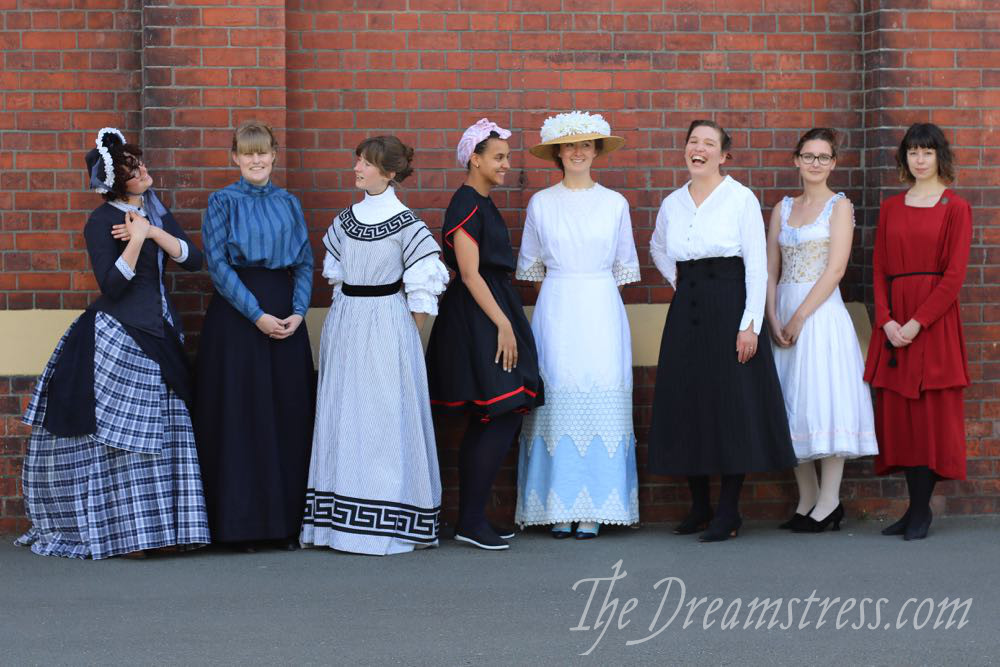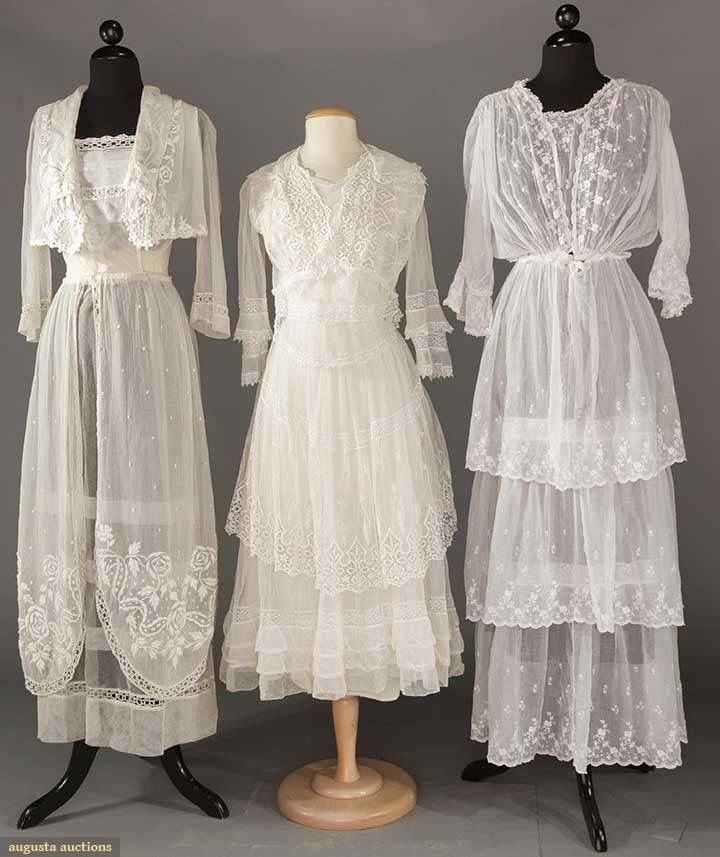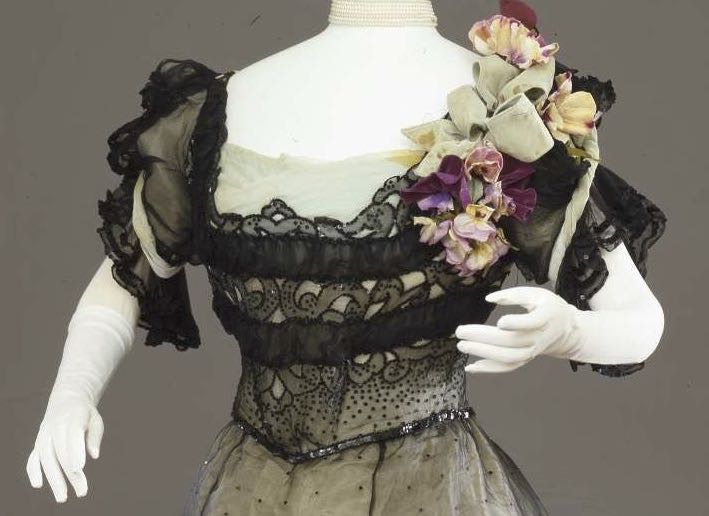Mansfield & the Modern Woman
My talk on Katherine Mansfield, the New Zealand Suffrage movement, and the changing roles of women in the late 19th and early 20th century was last weekend at the NZ Portrait Gallery. It went off beautifully, thanks to assistance from students from Toi Whakaari The New Zealand Drama School, who modelled and assisted as dressers. The talk coincided with the exhibition: Katherine Mansfield: A Portrait, which includes depictions of Mansfield by various artists, from the famous Anne Estelle Rice portrait, to more modern interpretations of Mansfield. They art provided an interesting counterpoint to the models in their outfit. The costumes illustrate the development of more modern ideals and roles for women in fashion, and the different facets of the ‘modern woman’ that emerged in Mansfield’s lifetime. The artworks show the different ways in which people view and interpret Mansfield: the facets of her personality. After the talk the models enjoyed the other, equally appropriate exhibition, Worn Identities: And the bookstore: And then we moved out to the waterfront for photos: (it is a truth universally …



